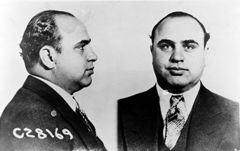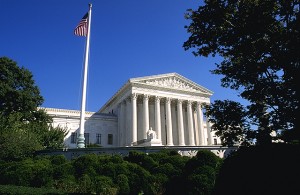Pulitzer Winner Calls for News Reporting Focused on Solutions
Solutions journalism – what’s that? A leading advocate for this approach to news reporting told an “On the Issues with Mike Gousha” audience in Eckstein Hall on Wednesday that it was, at the same time, a simple concept and an important change from the historic practices of most news organizations.
“The reigning myth of journalism is that we cover problems, and that’s all we do,” said Tina Rosenberg, co-founder of the Solutions Journalism Network. ”The solution to the problem is not our business, someone else will come and take care of that.”
But, she said, “That model has failed. It’s not a good model for helping society learn what it needs to improve itself, which is what the purpose of journalism should be. Our view is that it is a perfectly legitimate part of journalism to cover, in addition to problems, what is going on to respond to those problem.”

 Some of the very earliest photographs from the late 1830s are of alleged and/or convicted criminals, and law enforcement officials used photographs of criminals in Belgium as early as the 1840s to track down wrong-doers. In Paris, a clerk in the Prefecture of Police Office originated the “mug shot” as we usually imagine it — two shots side by side, with one shot being a frontal shot and the other being a profile.
Some of the very earliest photographs from the late 1830s are of alleged and/or convicted criminals, and law enforcement officials used photographs of criminals in Belgium as early as the 1840s to track down wrong-doers. In Paris, a clerk in the Prefecture of Police Office originated the “mug shot” as we usually imagine it — two shots side by side, with one shot being a frontal shot and the other being a profile. OK, hold onto your seats for some flat-out ERISA law excitement. This morning, the United States Supreme Court heard oral argument in Heimeshoff v. Hartford Life & Accidental Insurance Co.
OK, hold onto your seats for some flat-out ERISA law excitement. This morning, the United States Supreme Court heard oral argument in Heimeshoff v. Hartford Life & Accidental Insurance Co.